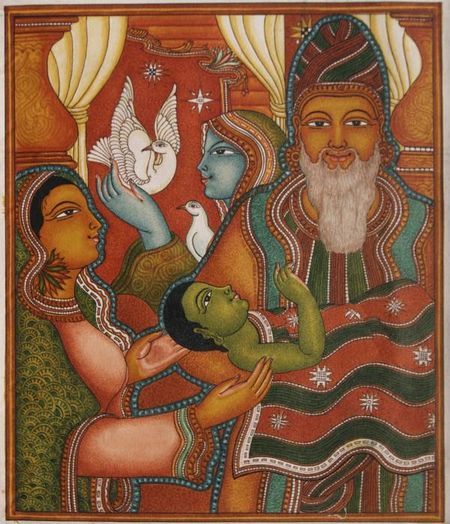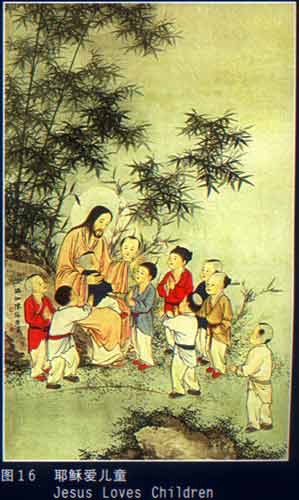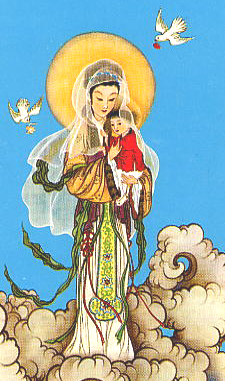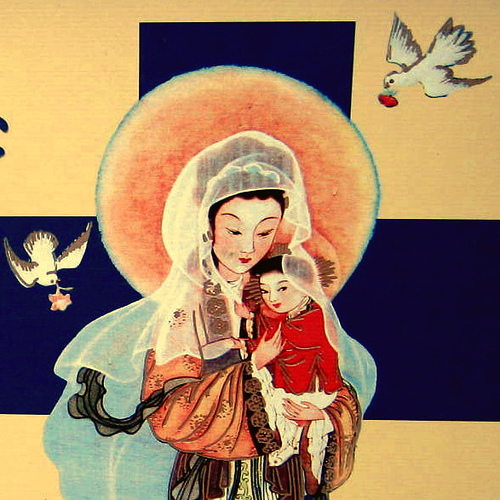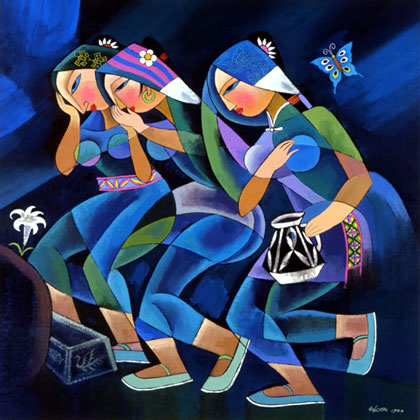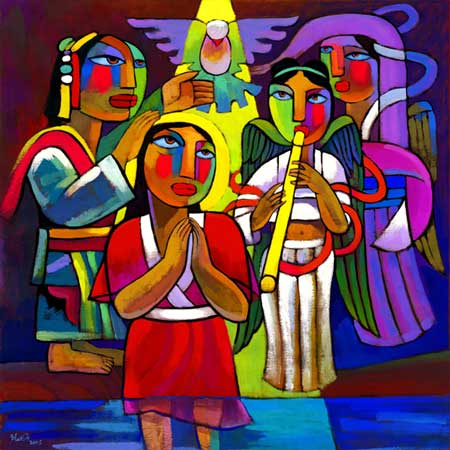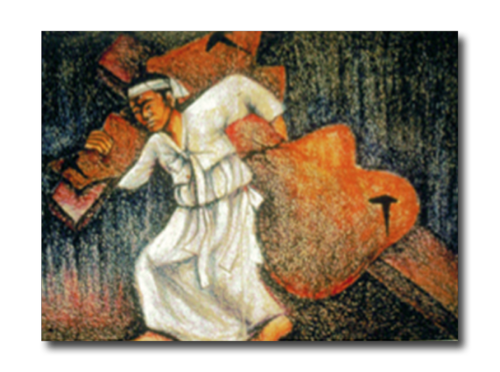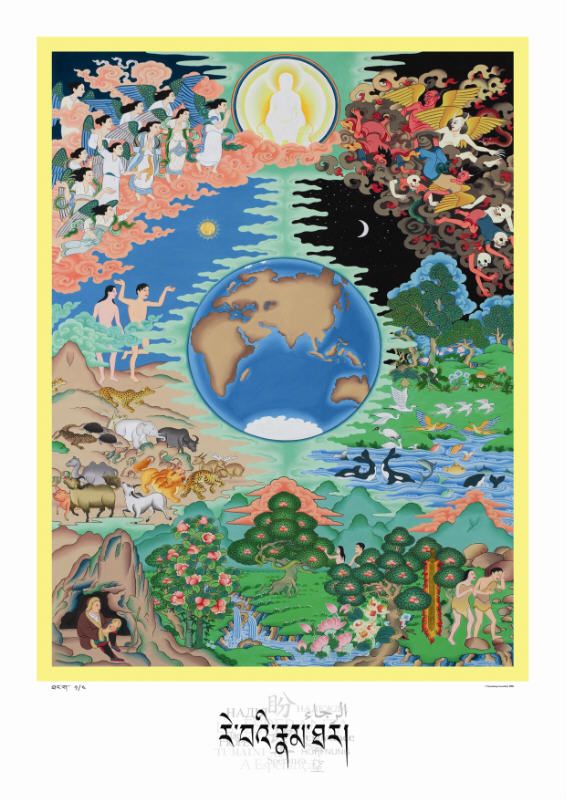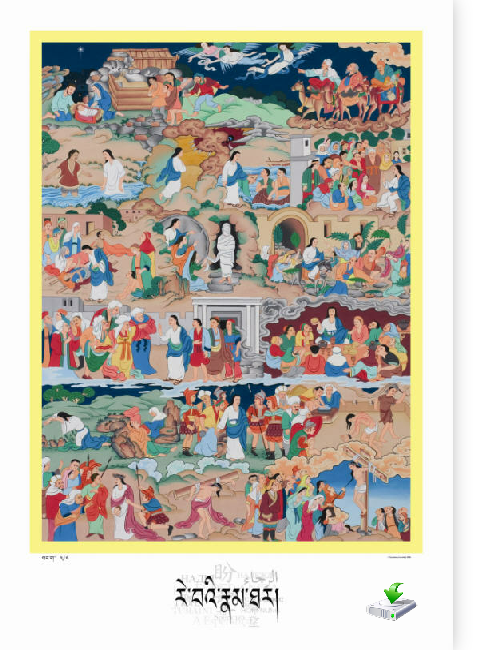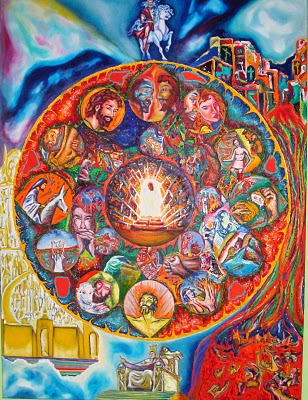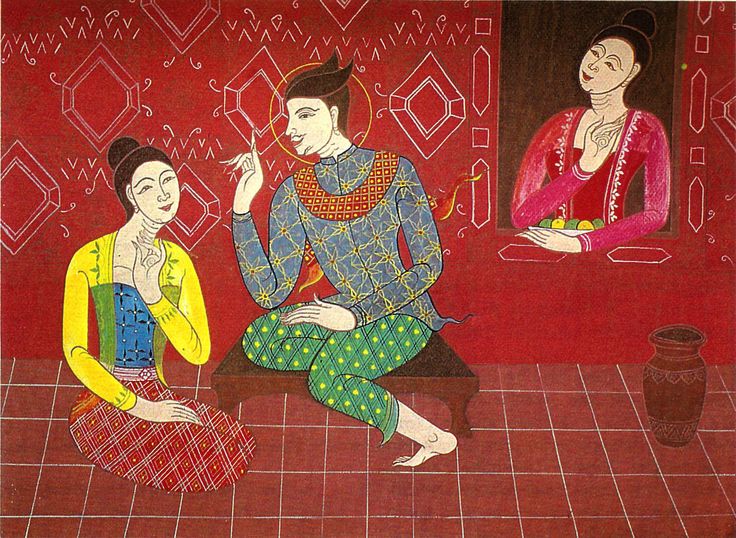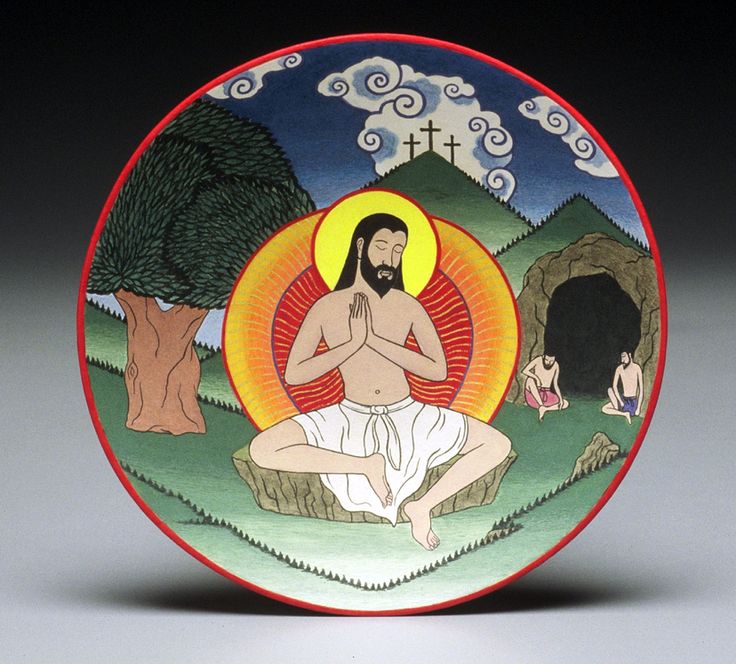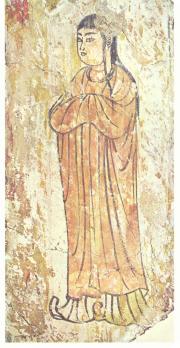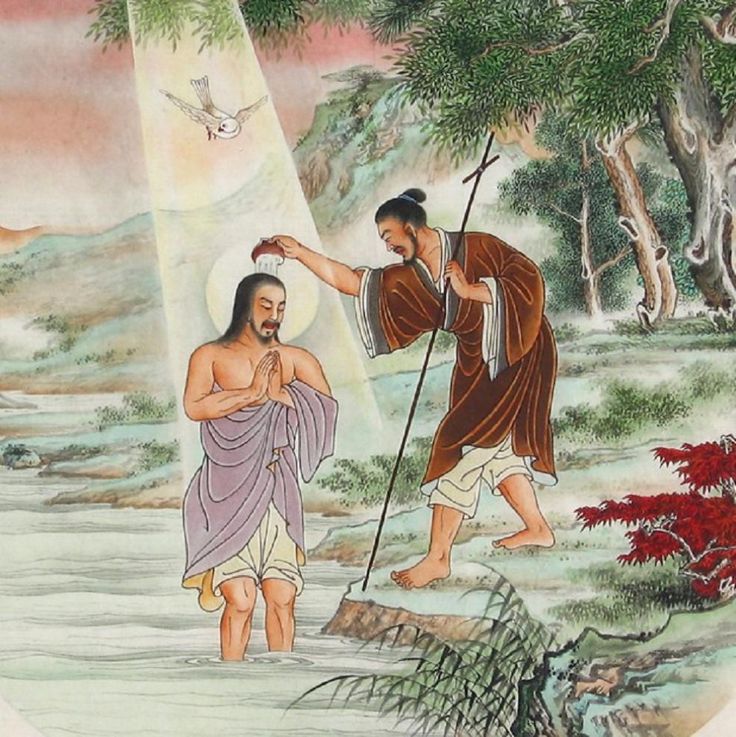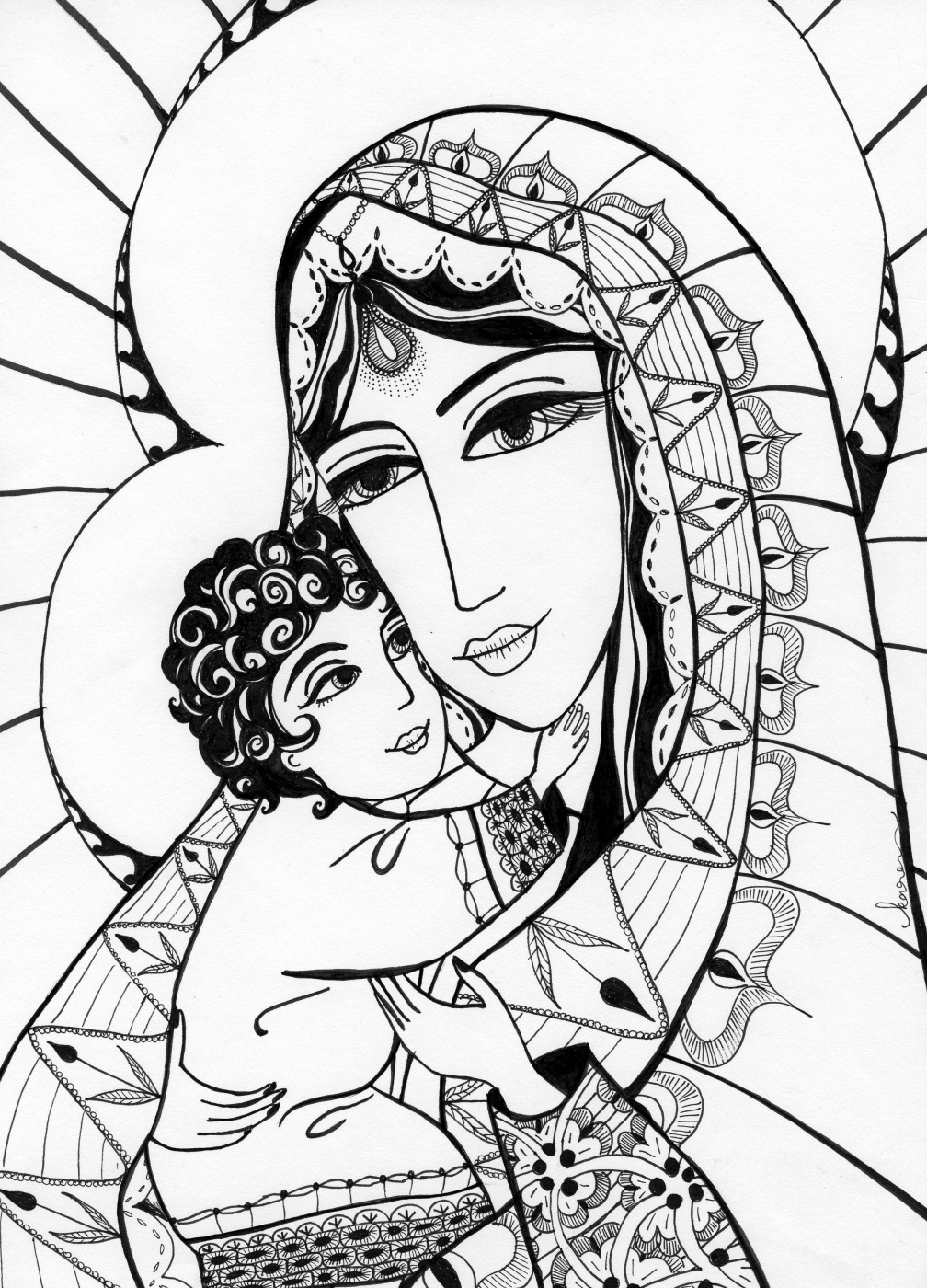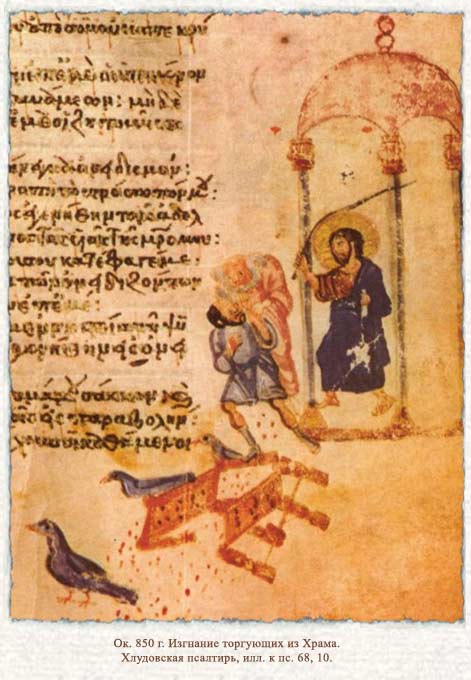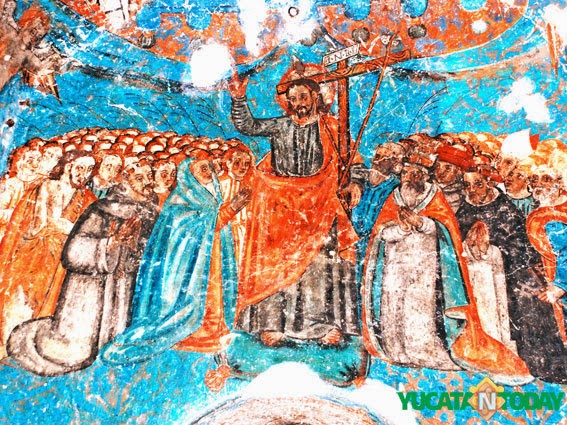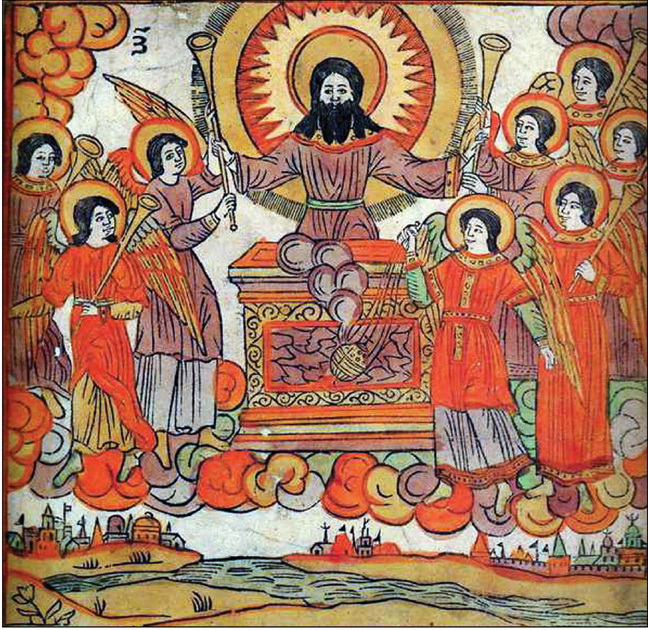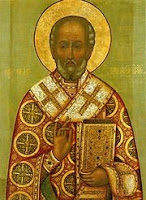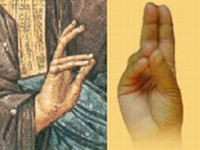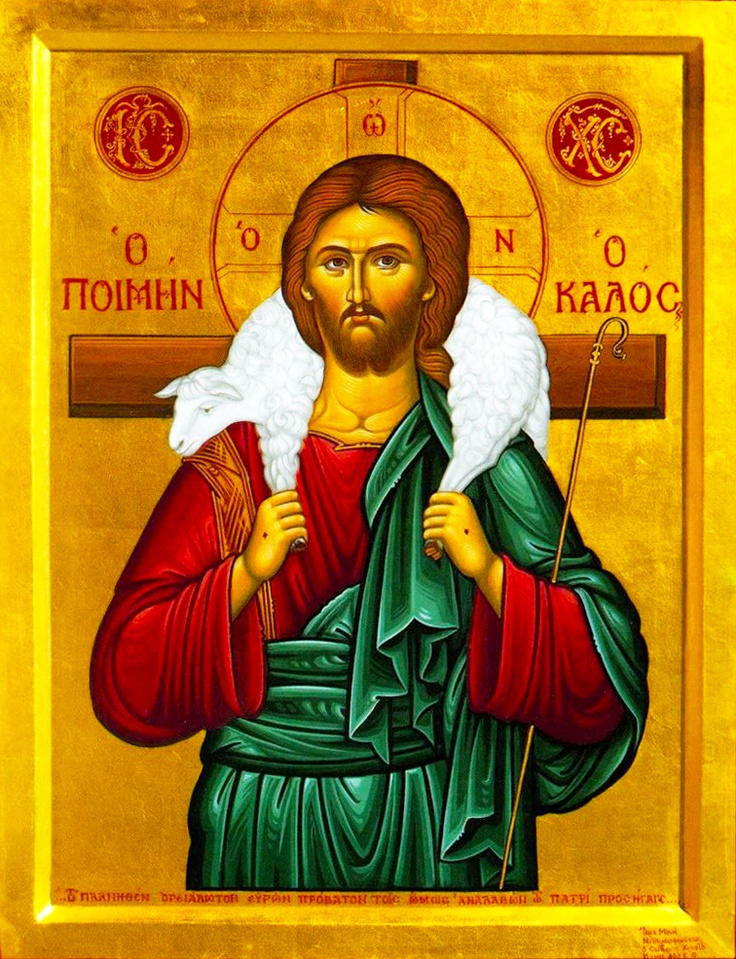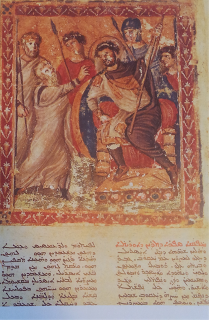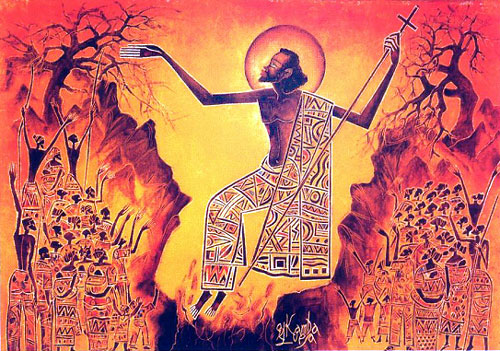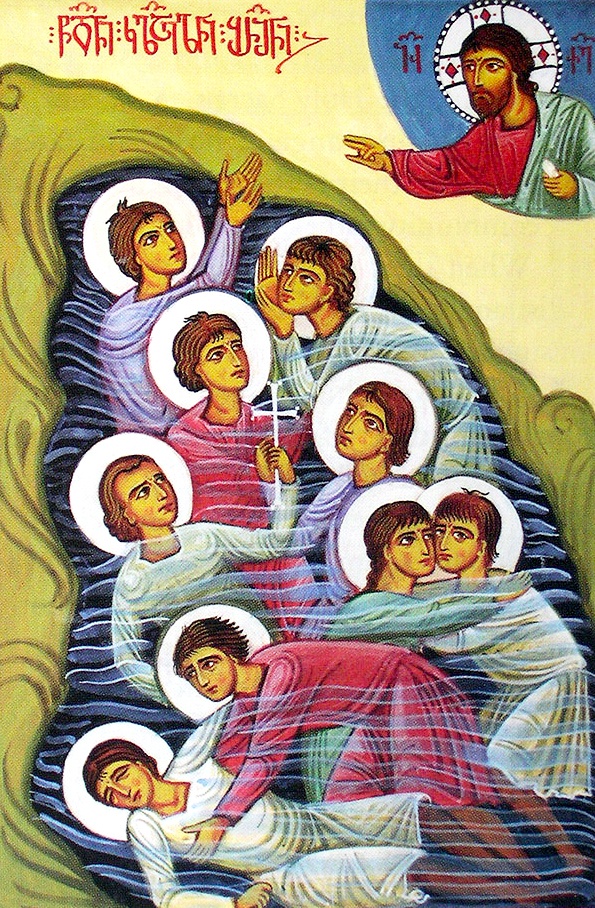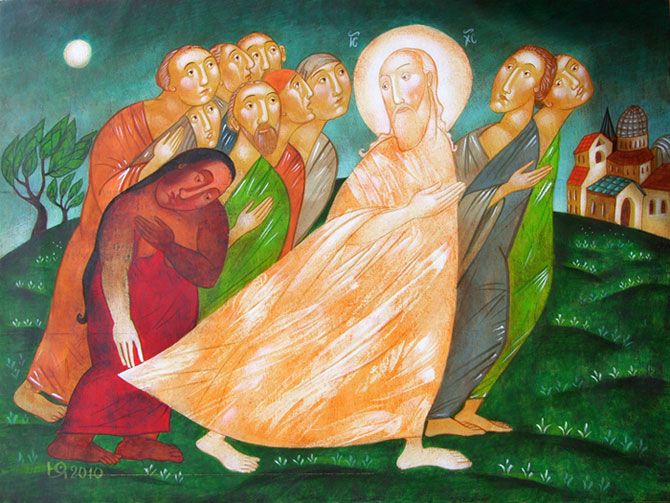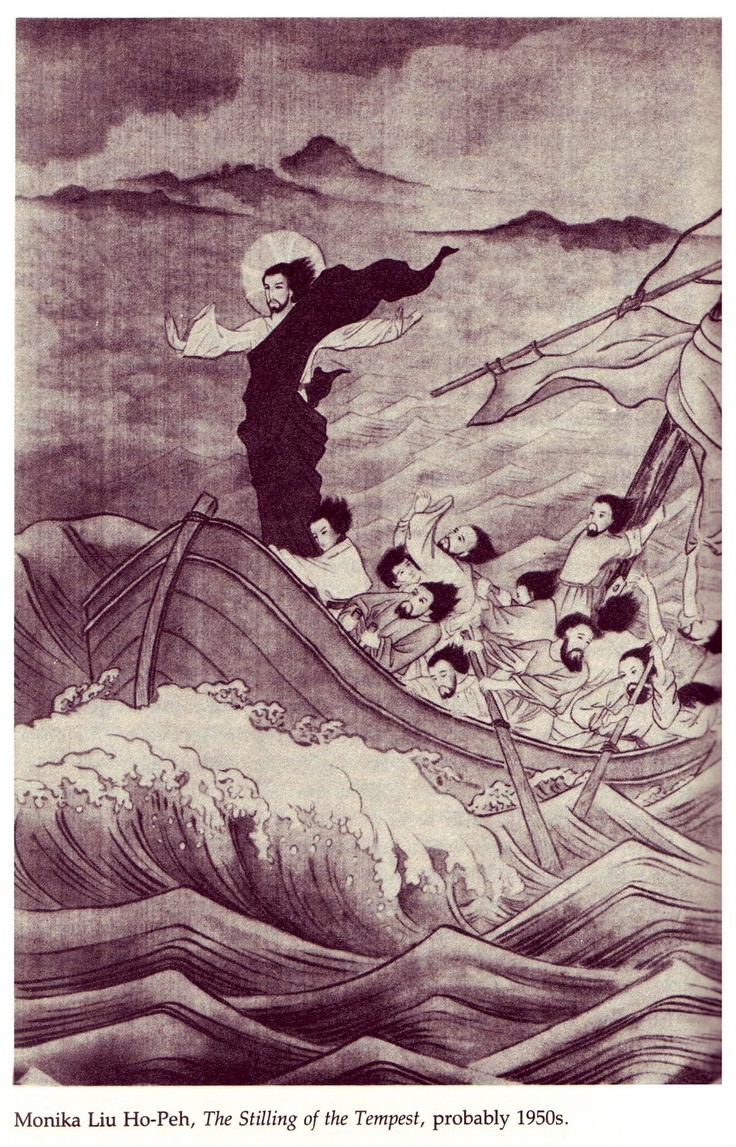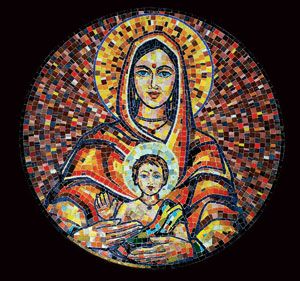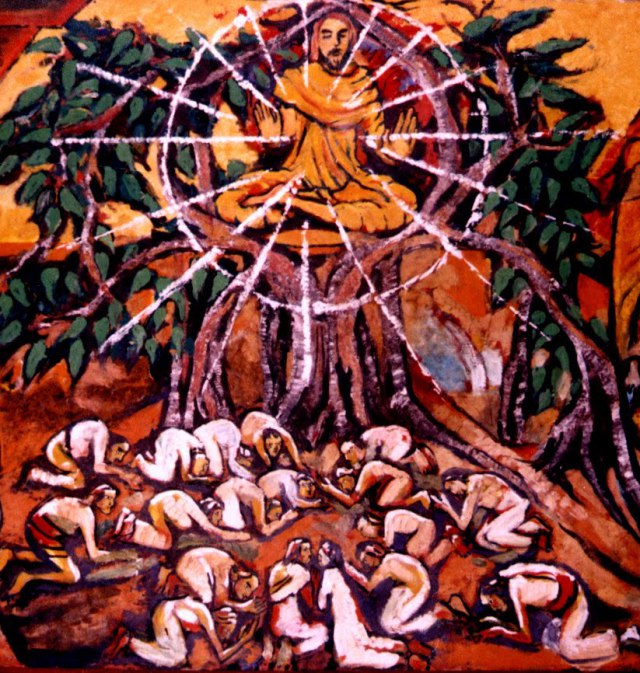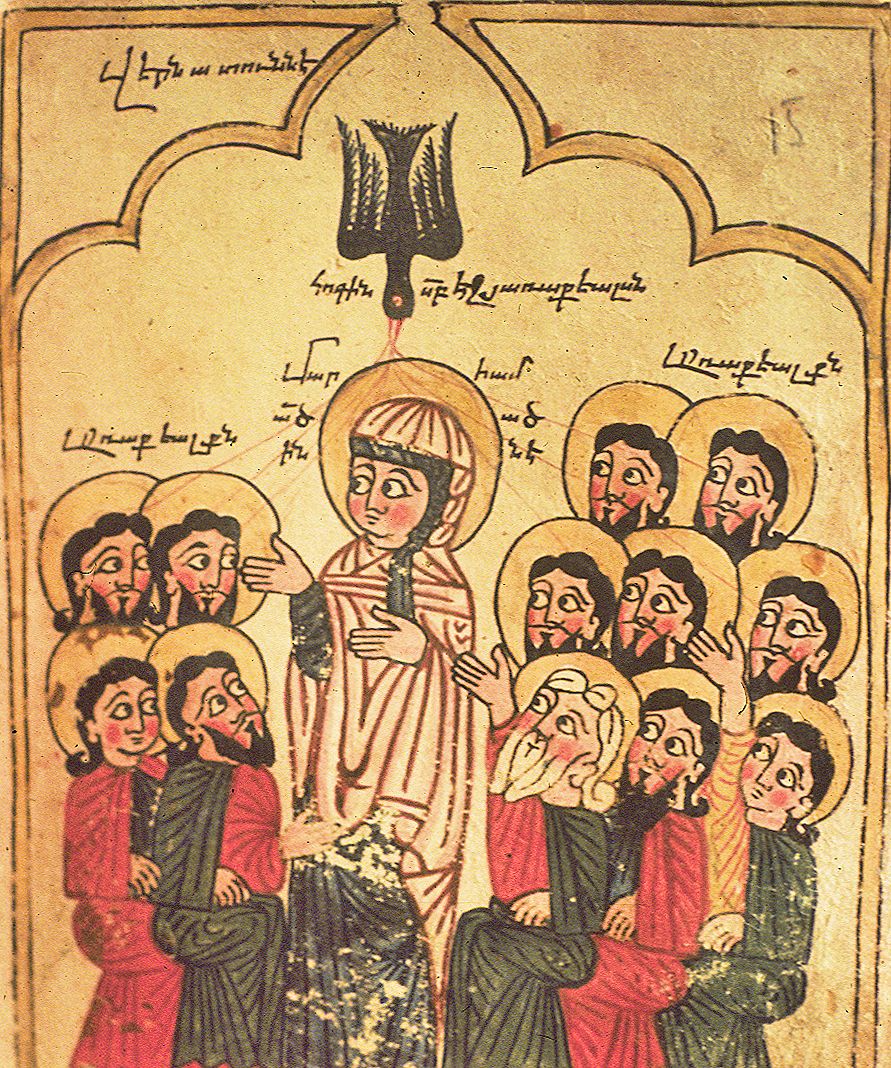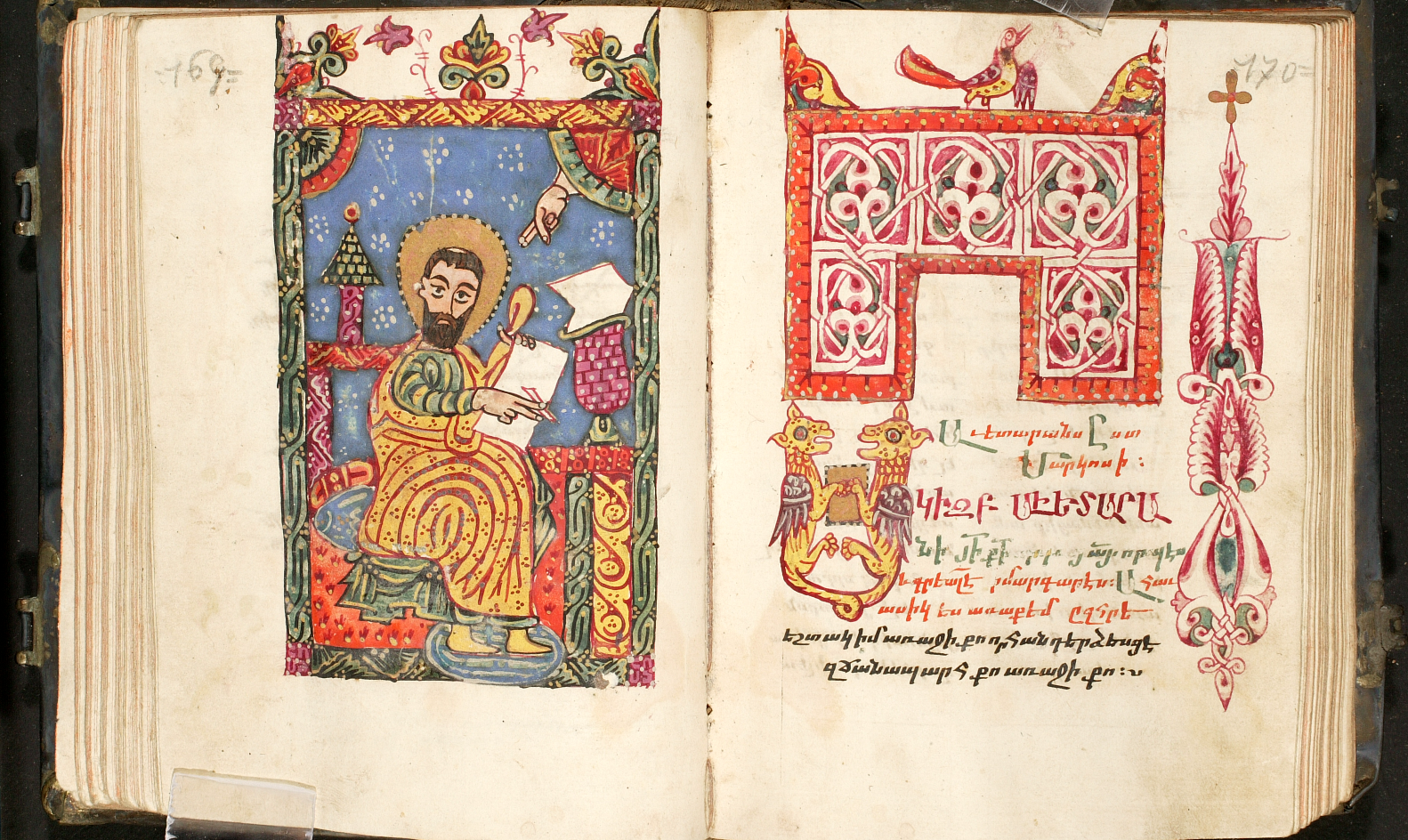I am not limiting hand gestures to the west, or even to cultures within the west; in fact, I am noting the origin of this particular sign to the spelling out of a particular Christian meaning in the language of the Gospel (Greek).
I can definitely understand the origins of the sign itself in regards to what the Gospel language meant to the Greeks - my mindset was never ignoring that as much as noting that other places using the hand guesture (which was appropriated for the use of the Gospel language in Greek) would always have differing meanings depending on the place one went in the Roman Empire.
With the specific hand guesture in view that was used in the icons, the Greek world never had it where it universally meant what the Christians chose to make the meaning into.
And noting also, within Christian history, the origin of the hand-blessing in Jewish practice, and the continuance of the use of hand-blessing among Christians, but corrected/updated to include the identification of Jesus Christ and Christian understanding.
More than agree as it concerns the hand-blessing itself evolving out of the Jewish world and evolving - as that goes back to the issue of hand-signs evolving over time depending on local
.
From the same site:
Symbolism of the Blessing
The fingers spell out “IC XC”, a widely used four letter abbreviation of the Greek for Jesus (IHCOYC) Christ (XPICTOC). It is by the name of Jesus that we are saved and receive blessings: “At the name of Jesus every knee should bow, of things in heaven, and things in earth, and things under the earth;” (Phil 2:10).
The three fingers of Christ – as well as spelling out “I” and “X” – confess the Tri-unity of God: Father, Son and Holy Spirit. The touching finger and thumb of Jesus not only spell out “C”, but attest to the Incarnation: to the joining of divine and human natures found in the body of Jesus Christ.
Thus, in iconography there is a particular and very specific meaning to the hand-sign which is maintained in iconography regardless of the particular language of the particular iconographer.
With iconography, we know what the hand symbol was made to mean when it came to the meaning given to that specific symbol - hence why the symbol is said in any culture it is presented in that the symbol is meant to show Christ in the way it does.
Of course, that is different from the dynamic of cultures (where the hand symbol never existed) and other cultures choosing to do the same dynamic of having a symbol meaning something in their culture evolve to promote a Christian message.
As hand signs in general are not typically (in the ancient cultures under discussion) known, nor even the cultural origin (ex.: were the Roman hand signs shown ubiquitous, were they adopted from other cultures, did other cultures that became Christian use these signs or did they give up particular hand-signs ?) then it becomes difficult to know much else about them. That they were adopted in iconography, to form a common visual language can be demonstrated by looking.
This is not unlike the adoption of certain Biblical phrases into the vernacular, or Christian concepts, or even the specialization of existing terms away from their vernacular meaning. This is a sort of "steeping" of a language/culture in the Scriptures.
The same phenomenon can be traced in the English language, for example, by studying phrases, now common, from Shakespeare. I don't think it is possible to say for sure whether all of these were indeed Shakespeare's invention.
But one could argue that Orthodox Churches in the British Isles or in the States should use Shakespearian phrases instead of Biblical phrases/illustrations in the worship in order to be authentically British, or English, or USAmerican.
Very true and more than agree, as that was something which was never in question.
Yes of course it is; I agree.
Cool to know....
And non-hand sign icons abound as well; but again, these visual images as you have noted above are still in the visual language of the Scriptures.
To be clear, the goal is always lining up with the visual language of the scriptures regardless of cultural context. A differing visual presentation from what another culture does (when both are focused on scripture) doesn't change the intent with what scripture says
It is not western cultures imposing their hand-signs on other cultures per se, but holding in many cases a Scriptural standard to the language of the image. In other cases, it is the repeated use of this visual language that has made the language for Orthodox universal - no matter what the particular hand-signs were in the receiving culture.
The Scriptural standard, of course, is where other cultures have pointed out is not always necessary. A hand-sign used in one culture and then made normative for all as the standard does not necessarily show that the symbol used is what God sanctioned to be used for all time.
Other places see the universality of what the language means (as is the case for Orthodoxy) - but that universality isn't automatically opposed to differing symbols used in addition to it for those within a culture where Orthodoxy comes into being. It's really no different than having the universality of the Liturgy done - and yet having space allowed for other things to occur in worship forms that are relevant to the people familiar with them instead of feeling it as if it's an "either or"
And the hand blessing signs (spelling Christ) were not "made up". They reflect Scripture (like the use of the footstool, or Christ having His feet in a particular place in the icon "the Harrowing of Hell" and the Biblical phrase "make ... enemies the footstool of your feet").
Remember, many of these now Orthodox cultures had no written language which would suggest they used hand-signs for communication.
Either the Roman signs were universal by the time of the conversion of the Slavs, or they adopted the existing hand-signs in iconography instead of their own.
No one was saying hand blessing signs were made up, so that response would not really be in place in discussion IMHO - for there's no debate that they reflect Scripture as was the goal). What was said, of course, is that the Early Church did NOT always have that symbolism prior to it being developed to illustrate Christ. Prior to that, there were other ways of expressing ....before things became codified.
Many cultures which are now Orthodox did have written language in addition to hand-sign communication - but one standard was brought in to keep everyone on the same page, whereas others had no written language at all and the hand-sign communication was present.
For cultures which were Hindu and still are - with hand-signs already being utilized on differing levels and some of the symbols being exactly the same as in Orthodoxy while others show the same thing an Orthodox hand-sign does even though the sign is different - it can make a difference.
And something to consider when it comes to commonality with hand symbols is the aspect of how cultures can interact with one another in many ways. I am reminded of
Greco-Buddhism
Cultures can allow for ideas to travel - and thus, for the symbolism of the Hand Symbol used in the Orthodox world in showing the Gospel to have come from somewhere else shows that it was another culture that should also be considered strongly when seeing what they have to say on differing symbols that can be used.
As anoth
er wisely noted:
Christian Imagery and Mudras
I’ve spent my entire life as a practicing Greek Orthodox Christian. Greek churches are breathtakingly beautiful houses of worship that are decorated with ornate carvings and Byzantine-style paintings. I’ve been looking at Byzantine imagery of Christ, the Virgin Mary, and various other angels and saints for as long as I can remember—but it wasn’t until I began practicing yoga and learning about mudras that it my eyes registered what I’ve been seeing all these years.
Prithvi Mudra
Mudras have been depicted not only in Buddhist/Hindu imagery for centuries, but in Christian as well. Christ is often painted with His right hand in prithvi mudra, in which the tips of the thumb and ring finger are joined. Prithvi mudra is said to provide stability and cure weaknesses of the body and mind.
Icons of Christ and Saint Nicholas with hands in prithvi mudra.
Another interesting realization I had is that occurrences of prithvi mudra aren't limited to Byzantine religious icons alone. To this very day, Greek Orthodox priests often hold the fingers of their right hand in prithvi mudra while making the sign of the cross during a spoken blessing, say over a meal. Prithvi mudra is also known as the Sign of Benediction or Blessing.
Pran Mudra
There are also depictions of Christ with His right hand in pran mudra (little finger and ring finger connect with the thumb), which is said to increase vitality and protect the body against disease. Of course, one can hardly avoid the most obvious mudra in Chrsitian imagery—anjali mudra—Christ with prayer hands at heart center. I don’t know about what others think of all this, but I am completely and utterly fascinated by it. Because this is yet another common thread linking Christianity, Hinduism, and Buddhism—three belief systems that I am increasingly intrigued by as I learn more about them.
Some final thoughts: I've written this before, but I have to write it again. I'm completely blown away by the fact that the more I study yoga, Buddhism, and Hinduism, the more apparent it becomes that in life, everything is connected in the most divine and mysterious way.
Here it might be useful to delineate (at least in Orthodox practice) the difference between Liturgical/worship expressions/pointers and art.
In Orthodox countries, there are (as in the US, etc.) Feast carols; the Nativity Carols, Epiphany Carols, etc. etc. Likewise decorative arts with Christian themes, as well as decorations, etc.
The various carols are distinct from hymnography, and are not used Liturgically. The same is true of Art in a Christian theme, which is not used Liturgically./QUOTE]
Some of this was noted earlier when it came to the use of imagery and the differing contexts - the established rules and general practices for iconagraphy when it comes to Liturgical practice doesn't change the use of icons/images in differing settings and expressions of the Gospel through the arts in other forms. It's not an "either or" when God's Spirit is involved...
So there is in these cultures a separate (and often overlapping) Art tradition which distinct and has more distinct cultural markings. Of course, in cultures long Christian, the previous point stands - the re-creation of the culture as Christian after the deliberate rupture with previous cultural forms makes these less obviously distinct from the Liturgical forms.[
TThat is more than understood. Of course, as said before, re-creation of a culture as Christian does not always have to involve a deliberate rupture with all facets of previous cultural forms and what often happened can be a matter of seeing what happened rather than claiming that's why it HAD to happen.
Of course, one can never know ... and in part because God did what He did, where He did, when He did it.
That goes back to the dynamic of how we have a recording of seeing what went down and see the results but do not always have the room for saying that's how it HAD to have happened or that how it happened was how God WANTED it to happen, as if other things couldn't even develop.
One can imagine a different culture being prepared by God and embracing the task of preparation, and thus the entire OT and NT written by a different people/s, in a different language/s.
Would everything look different ? I honestly don't know. But as I trust the will of God in this matter, I don't myself see the need for speculation on this matter.
Of course. On my side, trusting in God's faithfulness does not change the fact that we only see what has happened and yet we have freedom to consider how many things the Lord allowed to happen rather than forcing things to occur - and assuming that other things could not develop.
